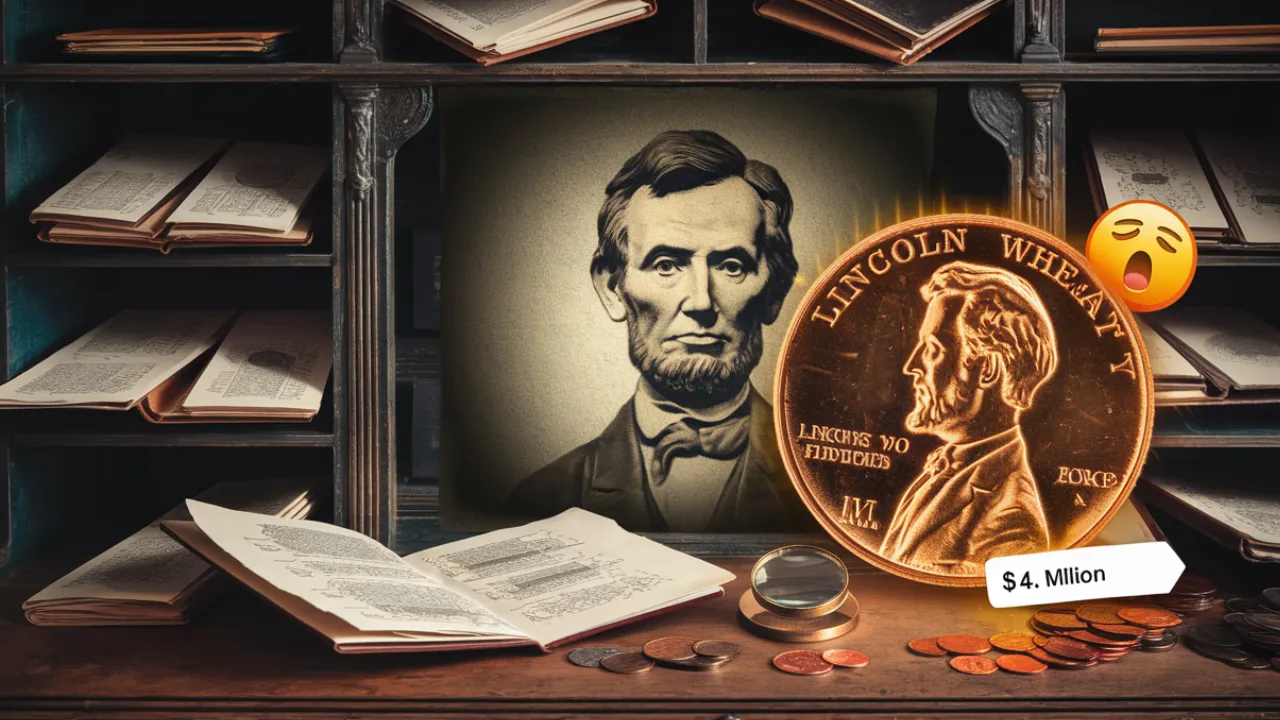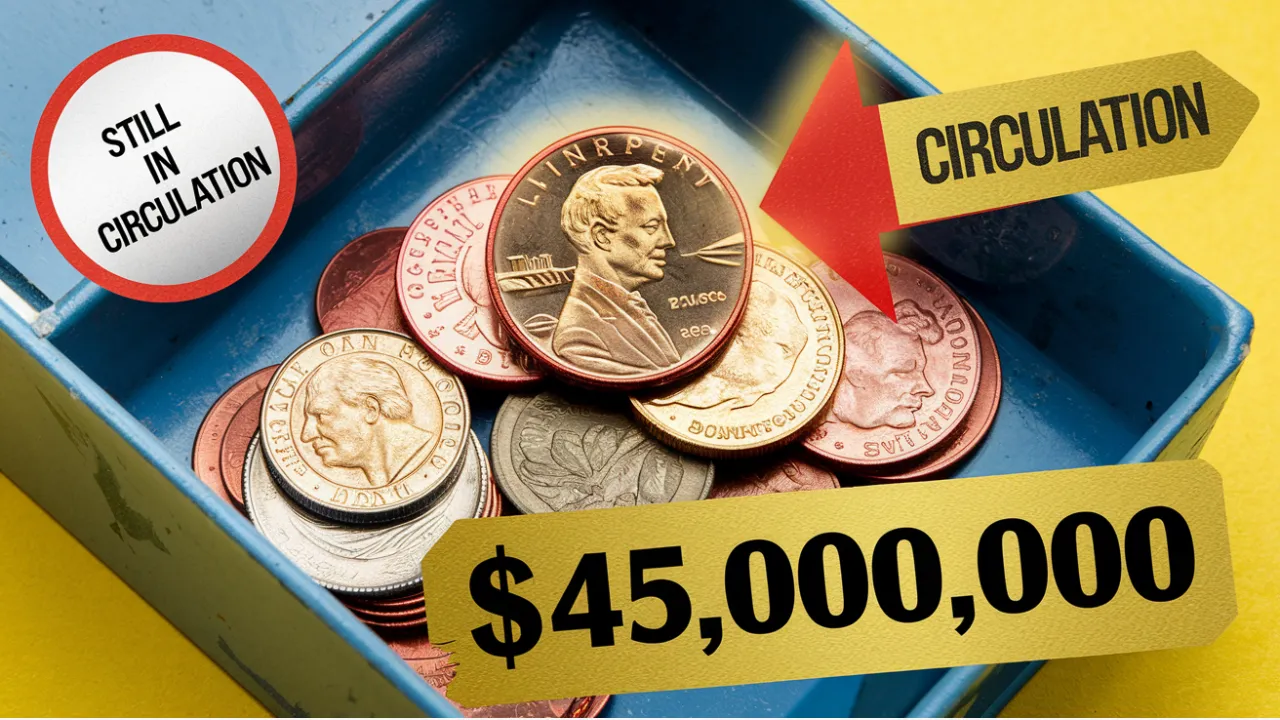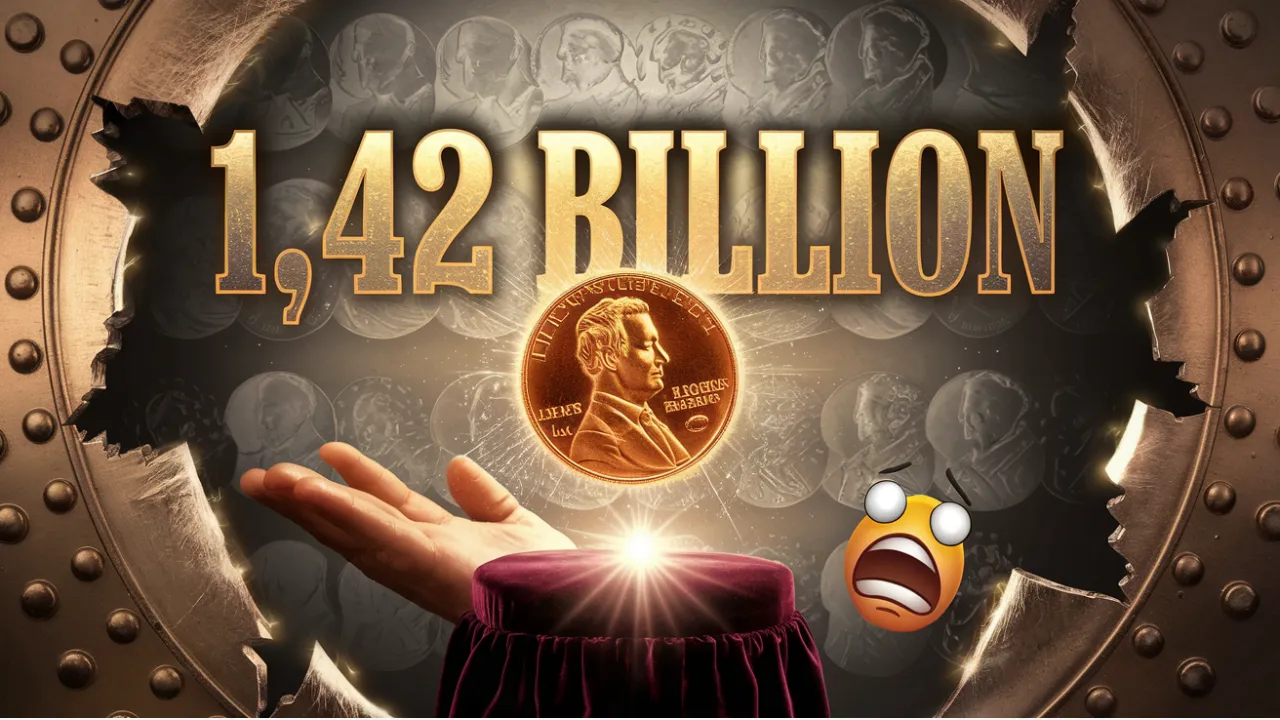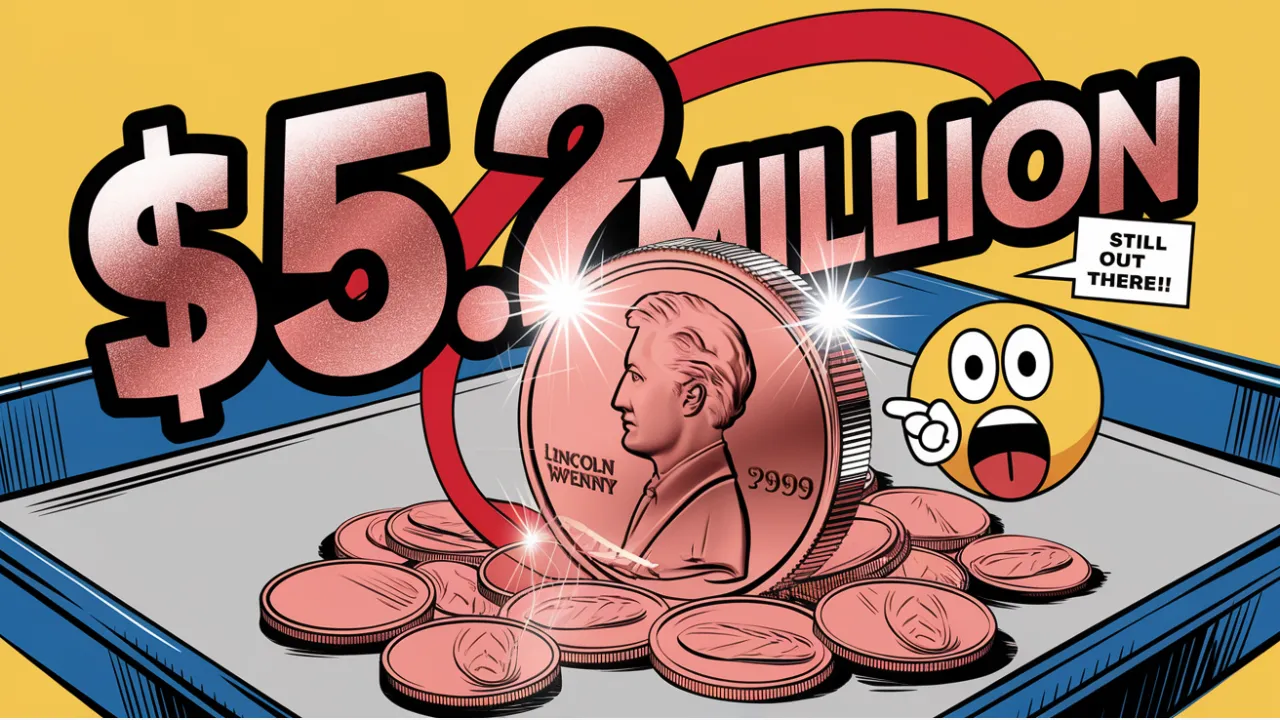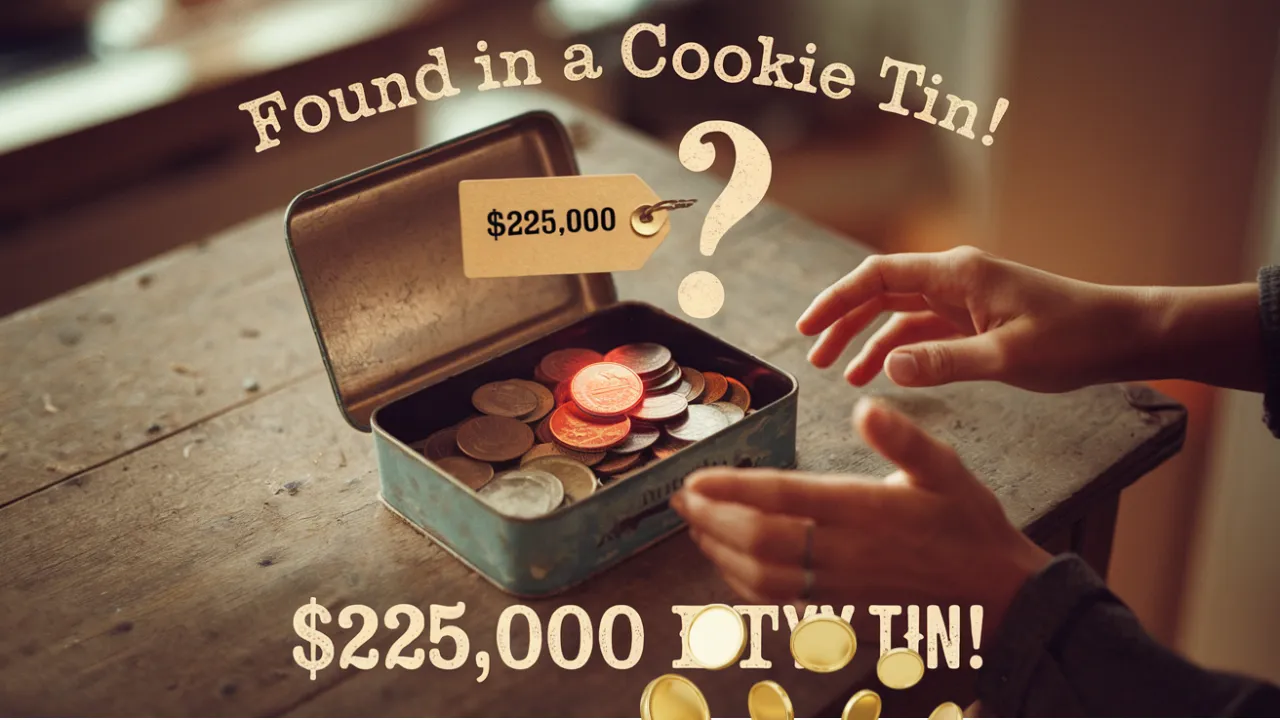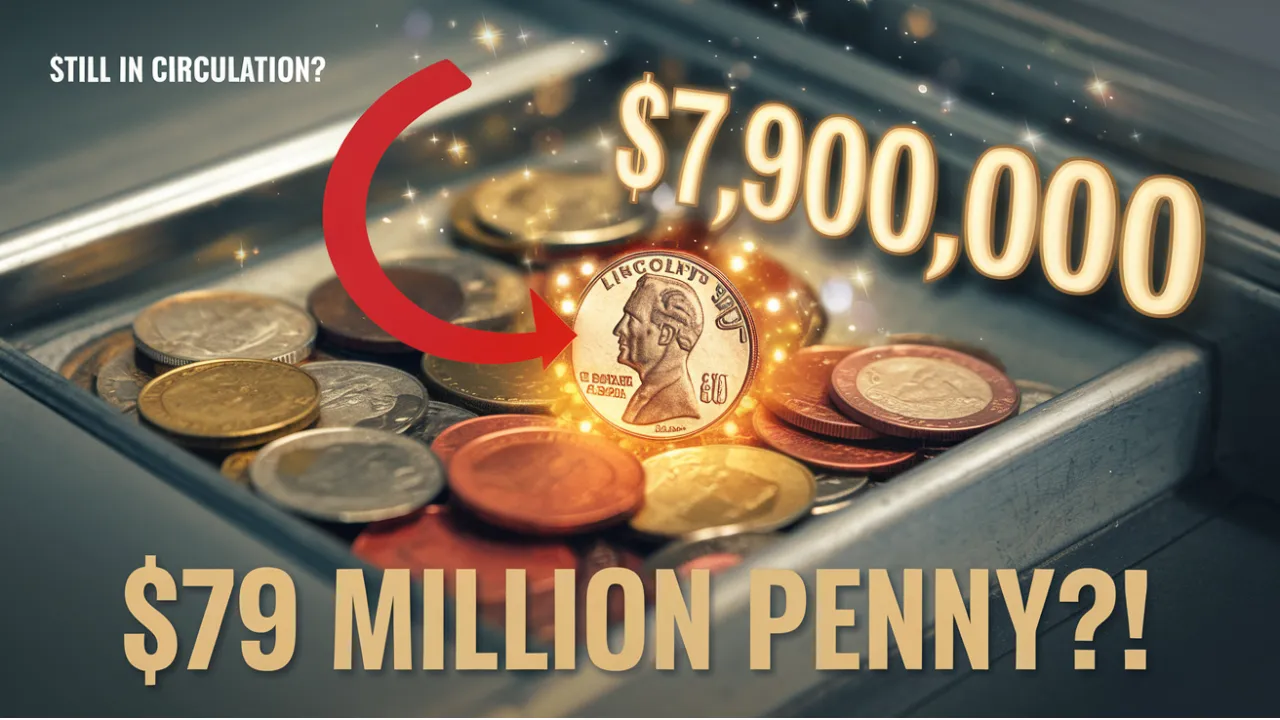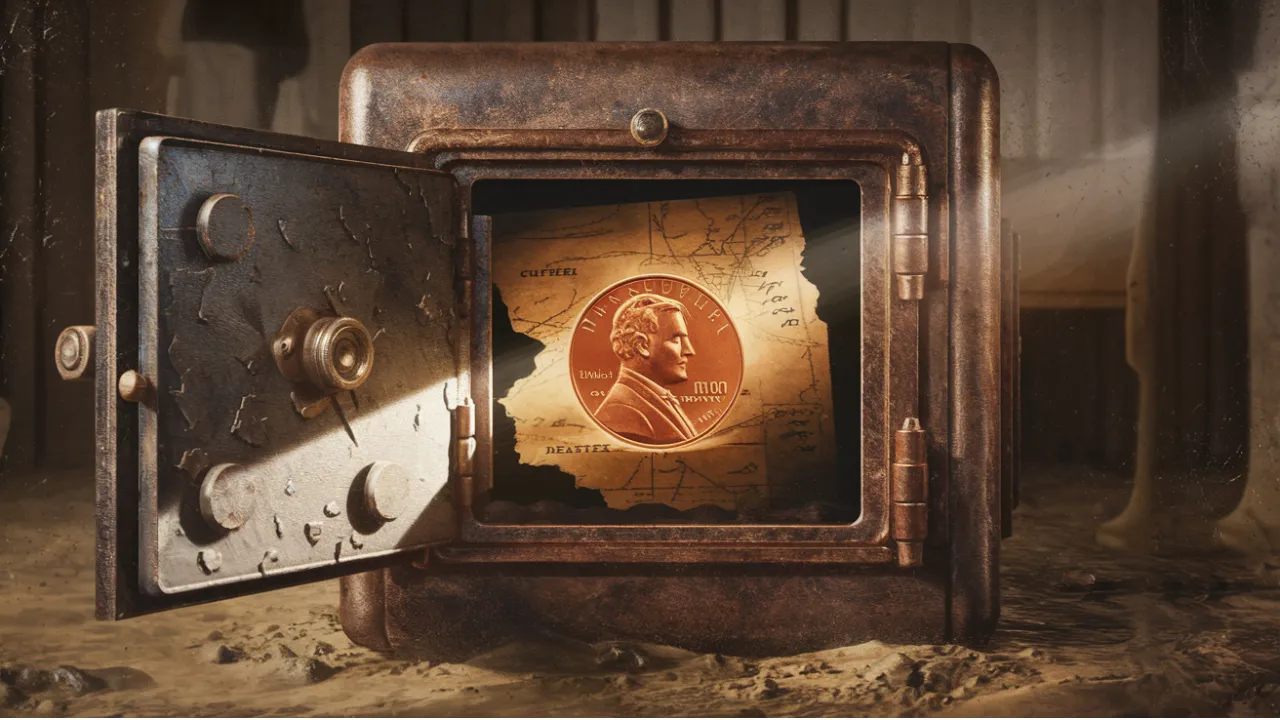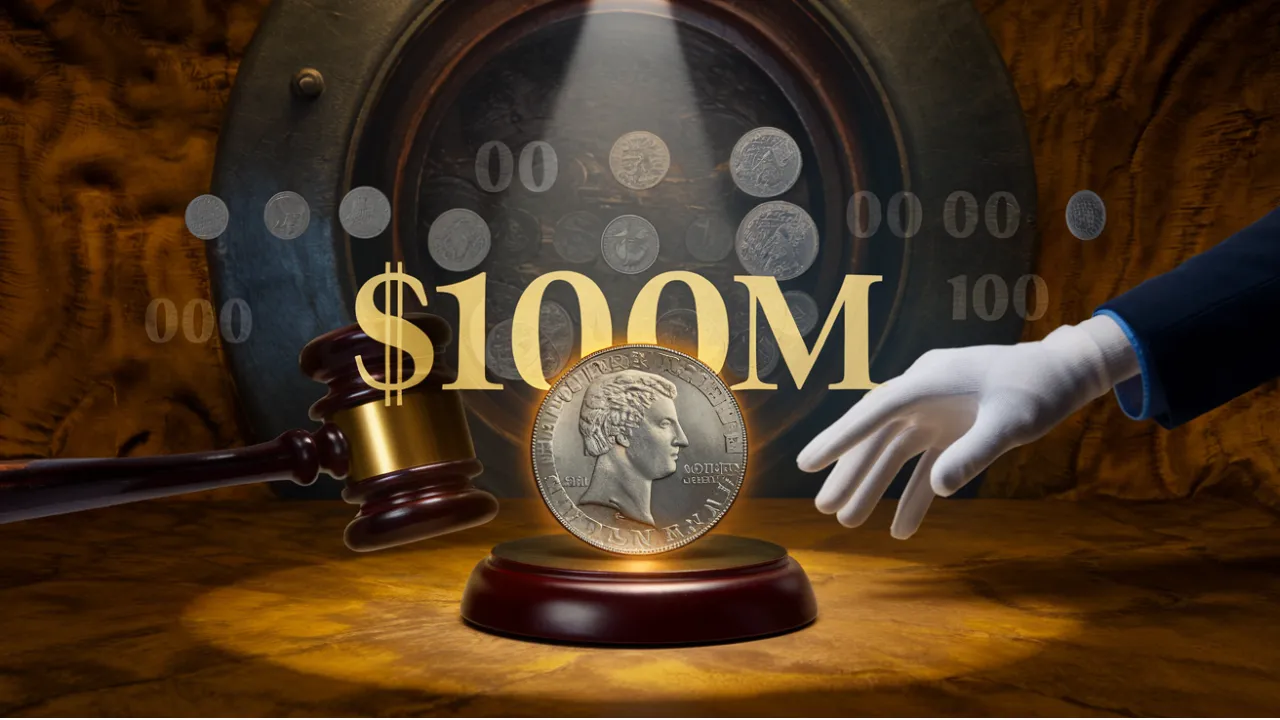The Lincoln Wheat Penny Valued at $4.1 Million: The Lincoln Wheat Penny isn’t just another coin—it’s an iconic piece of American history with a legacy that fascinates collectors and historians alike. While most pennies are worth no more than their face value, some rare variants can be worth a fortune. One of the most famous examples is the 1943-D bronze penny, a minting error that recently sold for a jaw-dropping $4.1 million.
This article explores the fascinating story behind the Lincoln Wheat Penny, what makes the 1943-D bronze penny so valuable, and whether you could still stumble upon one today. Keep reading to find out if your pocket change holds a fortune!
Overview of the Lincoln Wheat Penny
To give you a snapshot of this remarkable coin’s history, here’s an overview:
| Aspect | Details |
| First Minted | 1909 |
| Purpose | Commemorate the 100th anniversary of Abraham Lincoln’s birth |
| Designer | Victor David Brenner |
| Nickname | Wheat Penny (from the reverse design featuring two wheat stalks) |
| Production Years | 1909–1958 |
| Most Valuable Variant | 1943-D bronze penny |
| Value of 1943-D Bronze Penny | $4.1 million |
The Birth of the Lincoln Wheat Penny
In 1909, the U.S. Mint introduced the Lincoln Wheat Penny to honor the 100th anniversary of President Abraham Lincoln’s birth. It was the first U.S. coin to feature the image of a president, breaking from the tradition of using allegorical figures like Liberty.
The coin’s obverse bore Victor David Brenner’s portrait of Lincoln, while the reverse depicted two wheat stalks symbolizing prosperity. This unique design earned it the nickname “Wheat Penny.” The coin remained in production until 1958, transitioning to the Lincoln Memorial design in 1959. Despite its age, millions of these pennies still exist, with some variants being incredibly valuable.
The $4.1 Million Lincoln Wheat Penny: What Makes It So Special?
The most famous and valuable Lincoln Wheat Penny is the 1943-D bronze penny, a coin born from a minting mistake during World War II. In 1943, the U.S. Mint switched to steel pennies coated with zinc to conserve copper for wartime supplies. However, a few leftover bronze planchets (coin blanks) from 1942 were accidentally used to mint pennies in 1943 at the Denver Mint. This error resulted in one of the rarest coins in U.S. history.
Why Is It So Valuable?
The staggering $4.1 million price tag on the 1943-D bronze penny comes down to four key factors:
- Extreme Rarity: Only a handful of these coins are known to exist, making them a collector’s dream.
- Historical Significance: The coin symbolizes a unique period in American history when resources were redirected to support the war effort.
- Minting Error: The accidental use of bronze blanks makes this coin even more intriguing to collectors.
- Collector Demand: The numismatic world is highly competitive, and rare coins like this one fetch astronomical prices at auctions.
In 2010, one of these coins sold for $1.7 million. By 2021, another specimen shattered records, selling for $4.1 million, cementing its status as a numismatic legend.
How to Identify a 1943-D Bronze Penny
Do you have a Lincoln Wheat Penny in your possession and wonder if it could be the coveted 1943-D bronze variant? Here’s how to check:
- Inspect the Date and Mint Mark: The date should read 1943, and the coin must have a “D” mint mark below the year, signifying it was minted in Denver.
- Examine the Color: Bronze pennies have a reddish-brown hue, unlike the silver-gray color of steel pennies.
- Conduct a Magnet Test: Steel pennies are magnetic, but bronze pennies are not.
- Weigh the Coin: A bronze penny weighs approximately 3.11 grams, while a steel penny weighs 2.7 grams.
If your coin passes these checks, it’s time to consult a professional coin appraiser or grading service for authentication.
Other Rare and Valuable Lincoln Wheat Pennies
While the 1943-D bronze penny is the crown jewel, other Lincoln Wheat Pennies can also fetch high prices. Here are a few notable examples:
- 1909-S VDB Penny: This coin was part of the first batch of Lincoln Wheat Pennies, with only 484,000 minted. It’s highly sought after due to its low mintage and historical significance.
- 1914-D Penny: With fewer than 1.2 million produced, this penny is another collector favorite.
- 1922 Plain Penny: A minting error led to some pennies missing their mint mark, making them highly valuable.
Each of these coins tells its own story, making them prized finds for collectors.
Could Rare Pennies Still Be in Circulation?
Believe it or not, rare Lincoln Wheat Pennies, including the 1943-D bronze penny, might still be hiding in circulation. While the chances of finding one are slim, they’re not impossible. People often overlook these coins, treating them as ordinary pennies. Checking old piggy banks, coin jars, or even the spare change in your pocket could lead to an incredible discovery.
What to Do If You Find a Rare Penny
If you suspect you’ve stumbled upon a rare Lincoln Wheat Penny, here’s what to do next:
- Conduct Initial Tests: Use the magnet and scale methods to confirm the coin’s material and weight.
- Research Online: Compare your coin to verified images and descriptions of known rare variants.
- Consult Experts: Reach out to professional grading services like PCGS (Professional Coin Grading Service) or NGC (Numismatic Guaranty Corporation).
- Decide Your Plan: Rare coins can fetch high prices at auctions, but you might choose to keep it for its historical significance.
Taking the right steps ensures you don’t undervalue your find.
The Legacy of the Lincoln Wheat Penny
The Lincoln Wheat Penny is far more than just a coin—it’s a symbol of innovation, history, and craftsmanship. Its enduring popularity among collectors speaks to its timeless appeal. The thrill of potentially discovering a rare variant adds an extra layer of excitement for coin enthusiasts.
Every time you encounter a penny, remember that one small coin could hold immense historical and financial value. So, start checking your change carefully—your next find could be a life-changing treasure.
FAQs About Lincoln Wheat Pennies
Q1: What is the most valuable Lincoln Wheat Penny?
The 1943-D bronze penny holds the title, with one selling for $4.1 million.
Q2: How can I identify a rare Lincoln Wheat Penny?
Look for unique features like minting errors, specific mint marks, or unusual materials. Use tools like magnets and scales for verification.
Q3: Are Lincoln Wheat Pennies still in circulation?
Yes, many remain in circulation, though rare variants are extremely uncommon.
Q4: What makes the 1909-S VDB penny valuable?
Its low mintage of just 484,000 coins makes it highly sought after by collectors.
Q5: Should I sell a rare penny immediately?
Consider consulting experts and researching auction prices before making a decision.
Final Thoughts
The Lincoln Wheat Penny is more than just a relic of the past; it’s a treasure trove of stories, history, and potential wealth. Whether you’re a seasoned collector or a casual enthusiast, the possibility of uncovering a rare coin is an exhilarating prospect.
If you’ve ever found or collected rare coins, share your experiences in the comments below. Don’t forget to check your pocket change—you never know what treasure might be hiding there!
